Osamu James Nakagawa
Witness Trees
May 17 - Jul 1, 2023
June 23, Friday will be open until 7 pm
PGI
Osamu James Nakagawa
Witness Trees
May 17 - Jul 1, 2023
June 23, Friday will be open until 7 pm
PGI
-
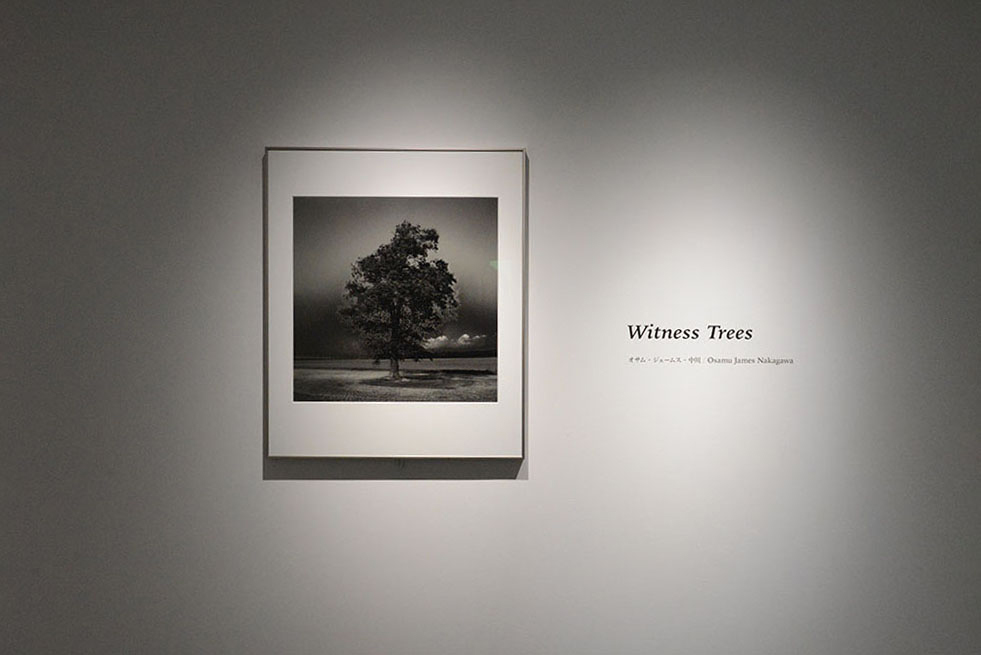
-
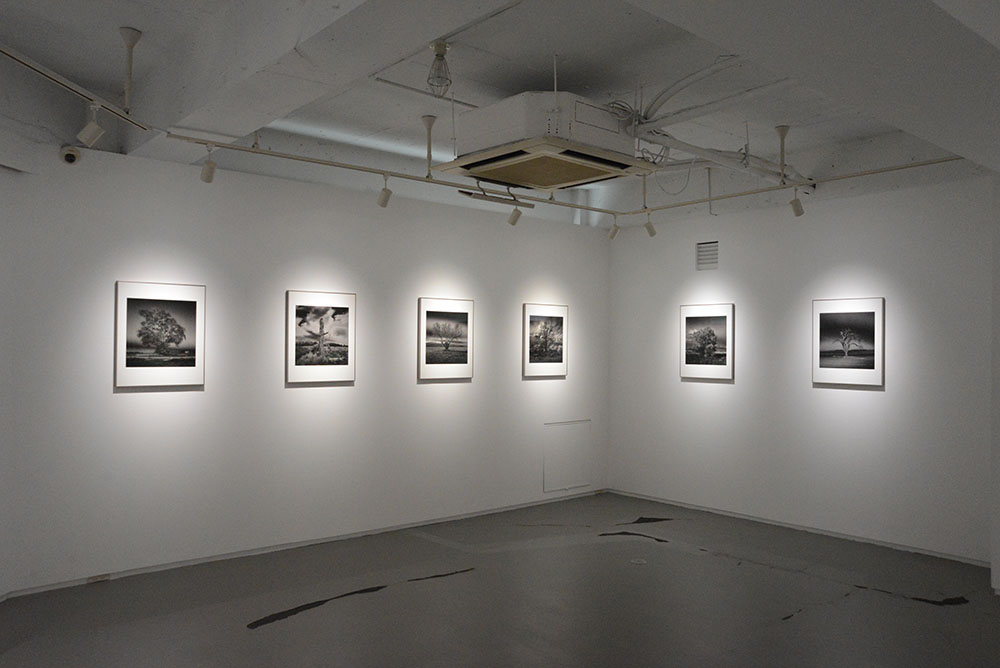
-
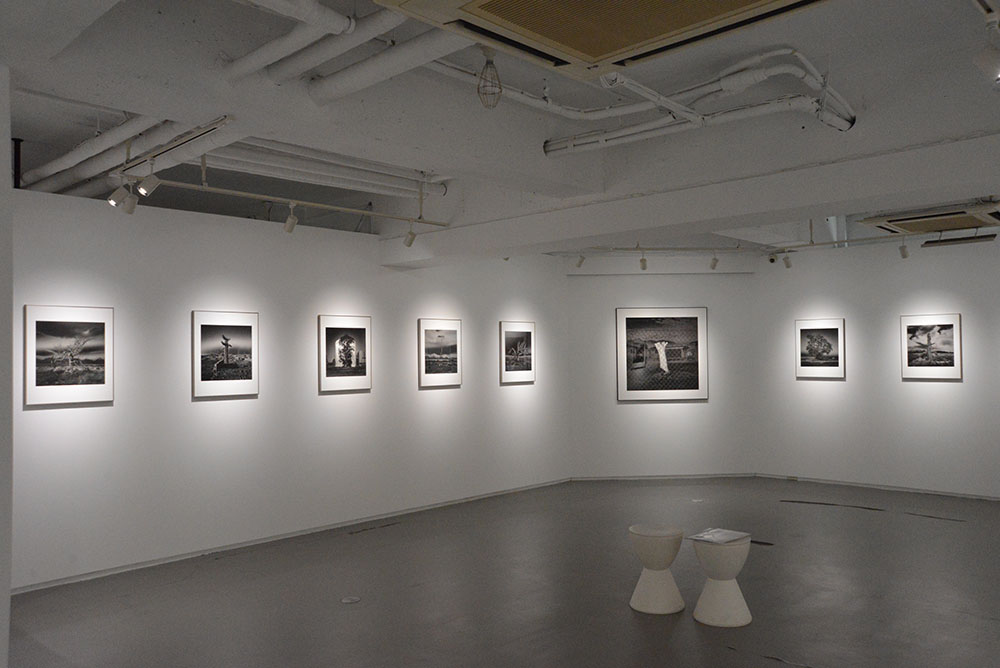
-
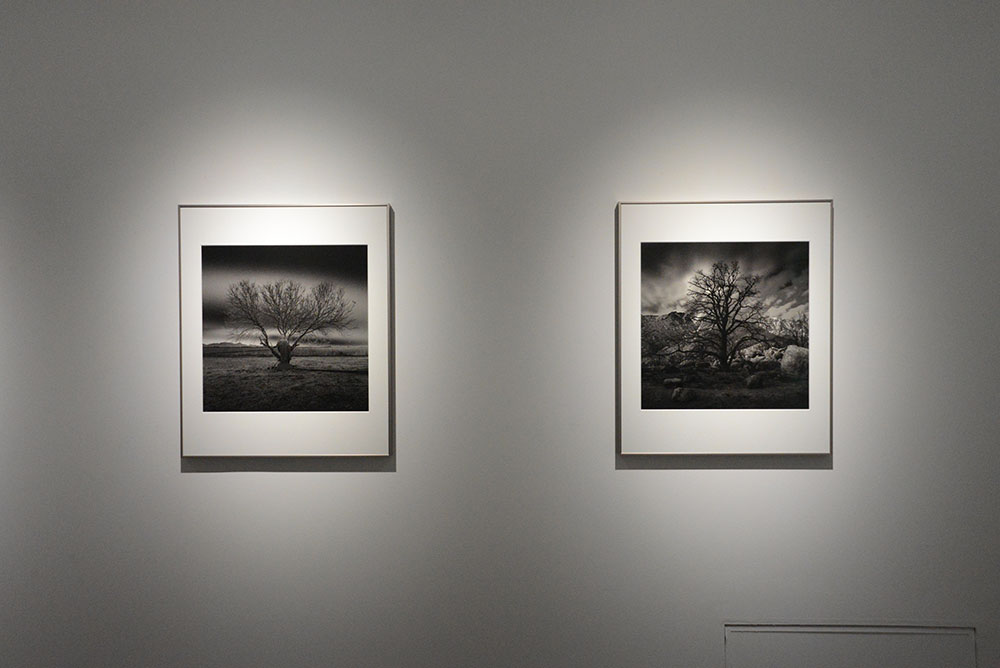
-
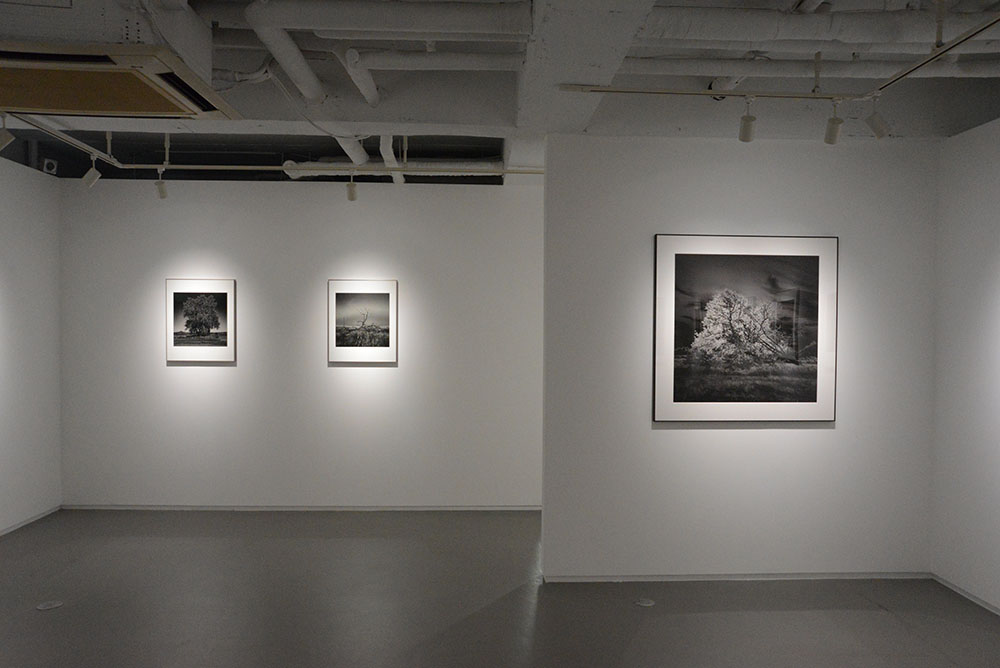
-
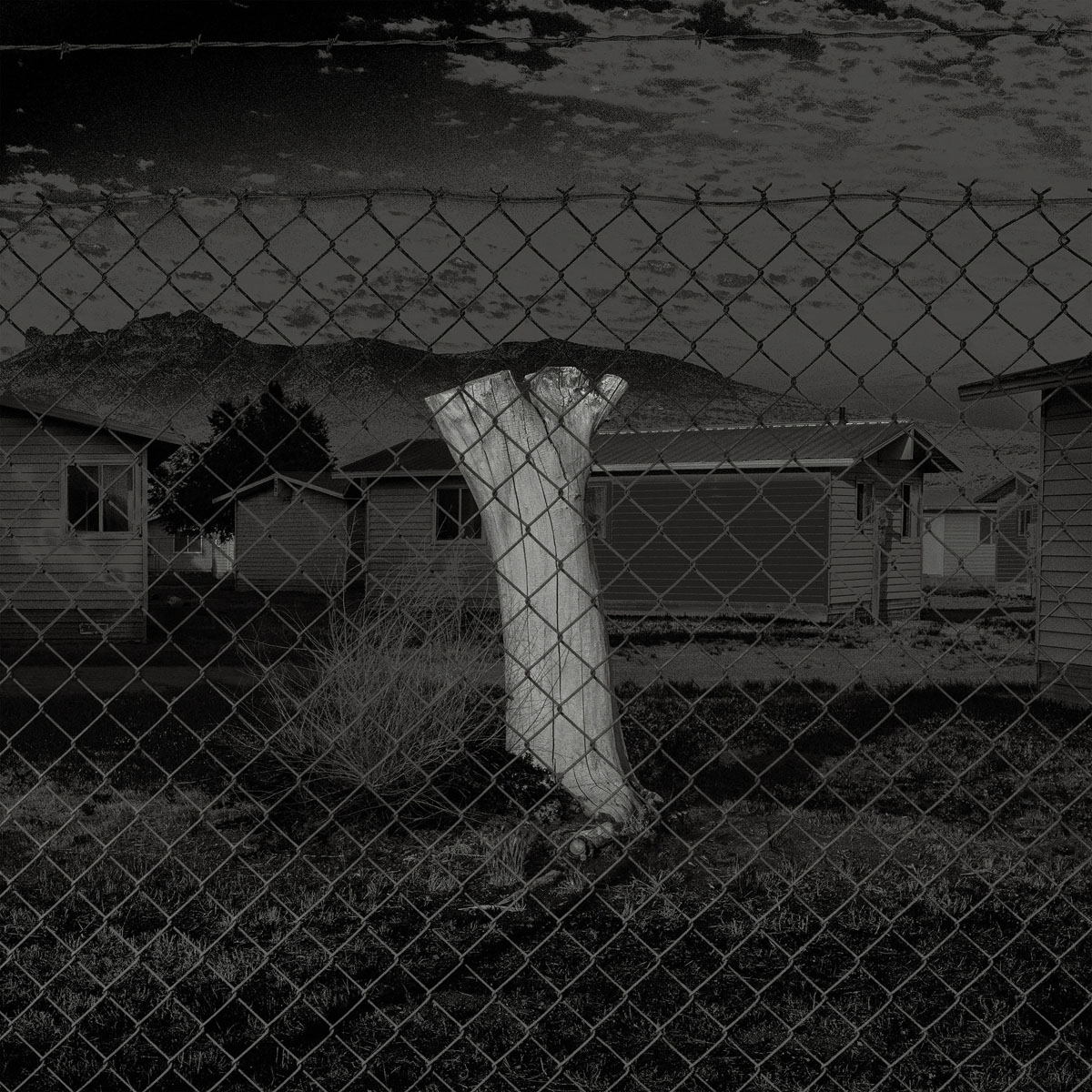
Tule Lake 01, Newell, California
©Osamu James Nakagawa -
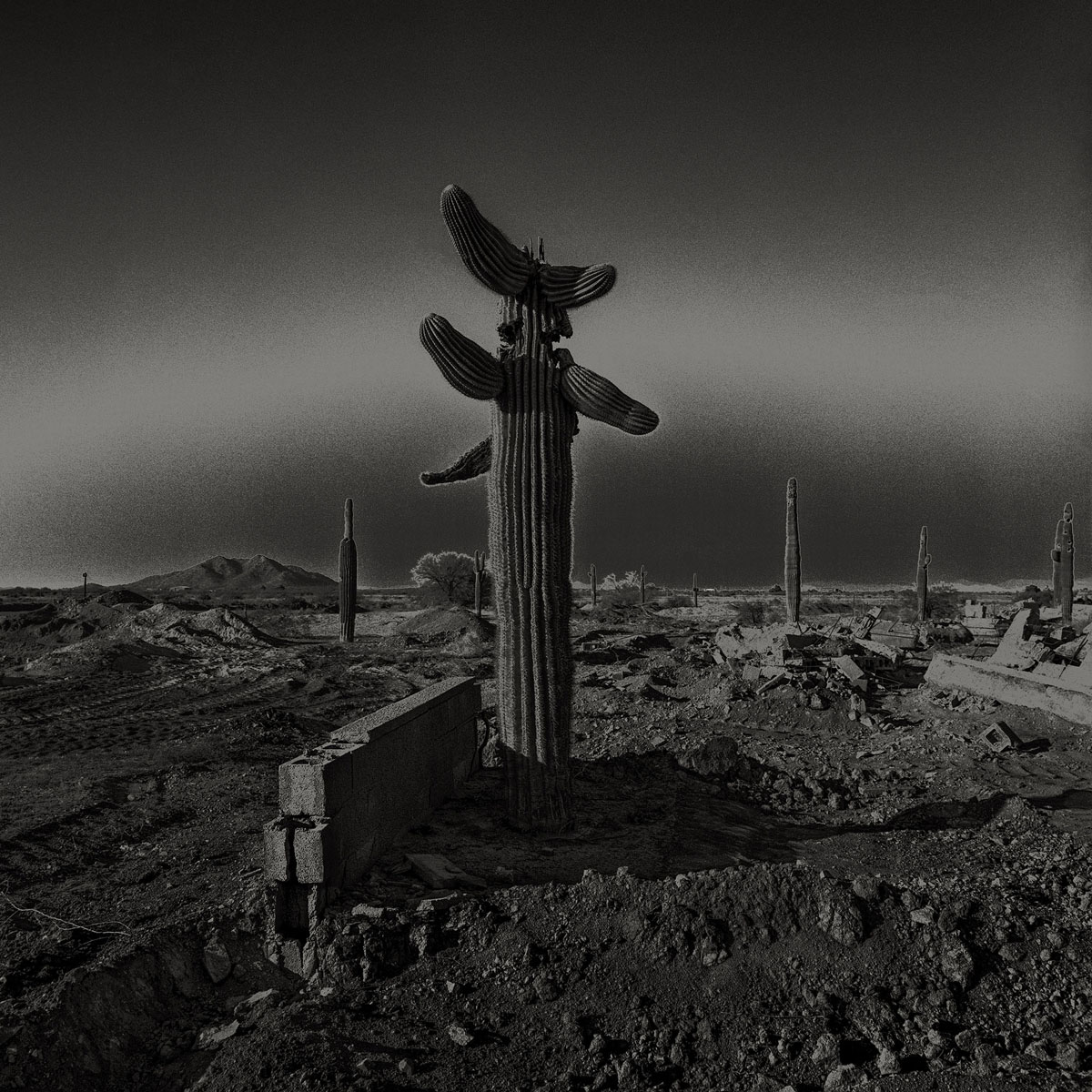
Gila River 01, Rivers, Arizona
©Osamu James Nakagawa -
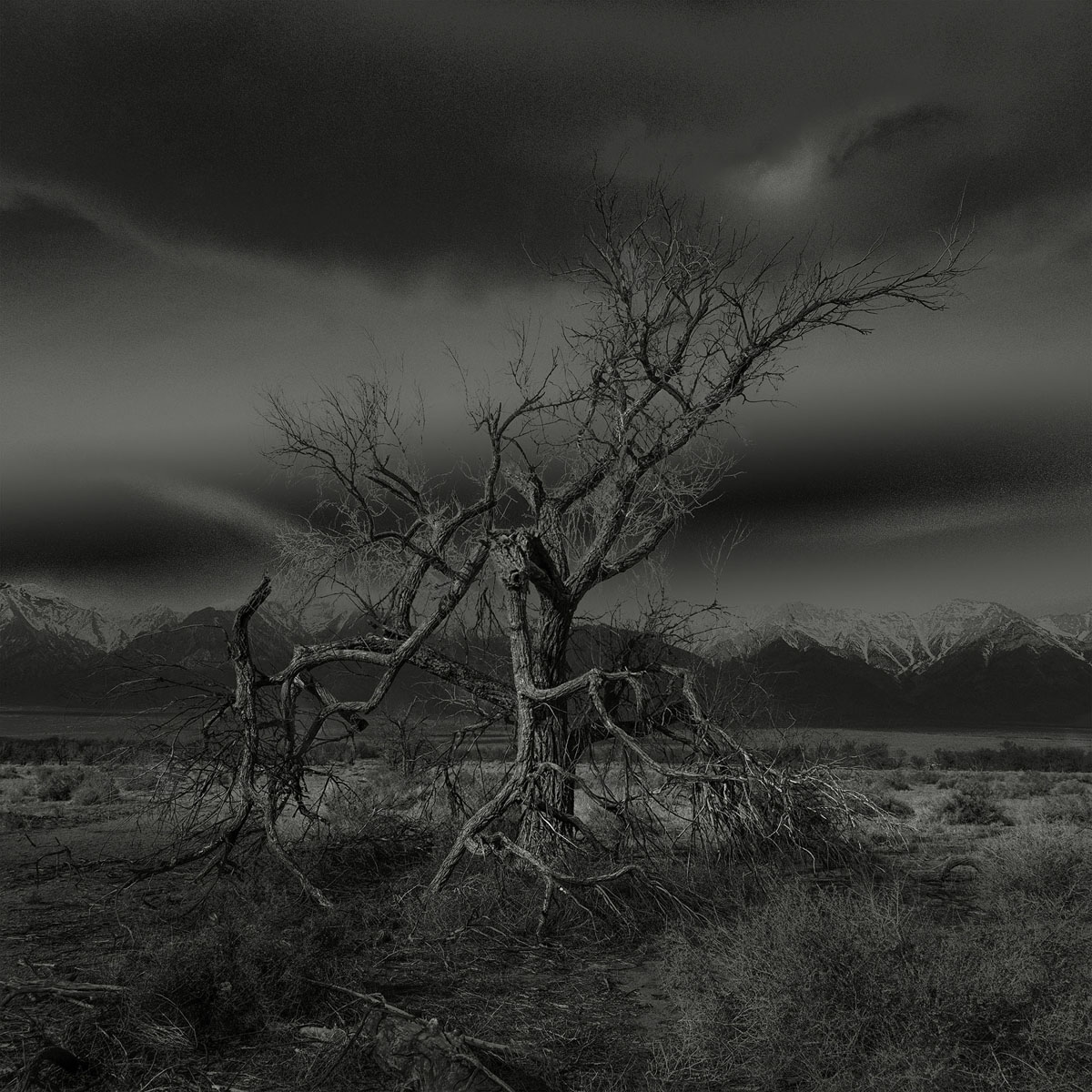
Manzanar 02, Manzanar, California
©Osamu James Nakagawa -
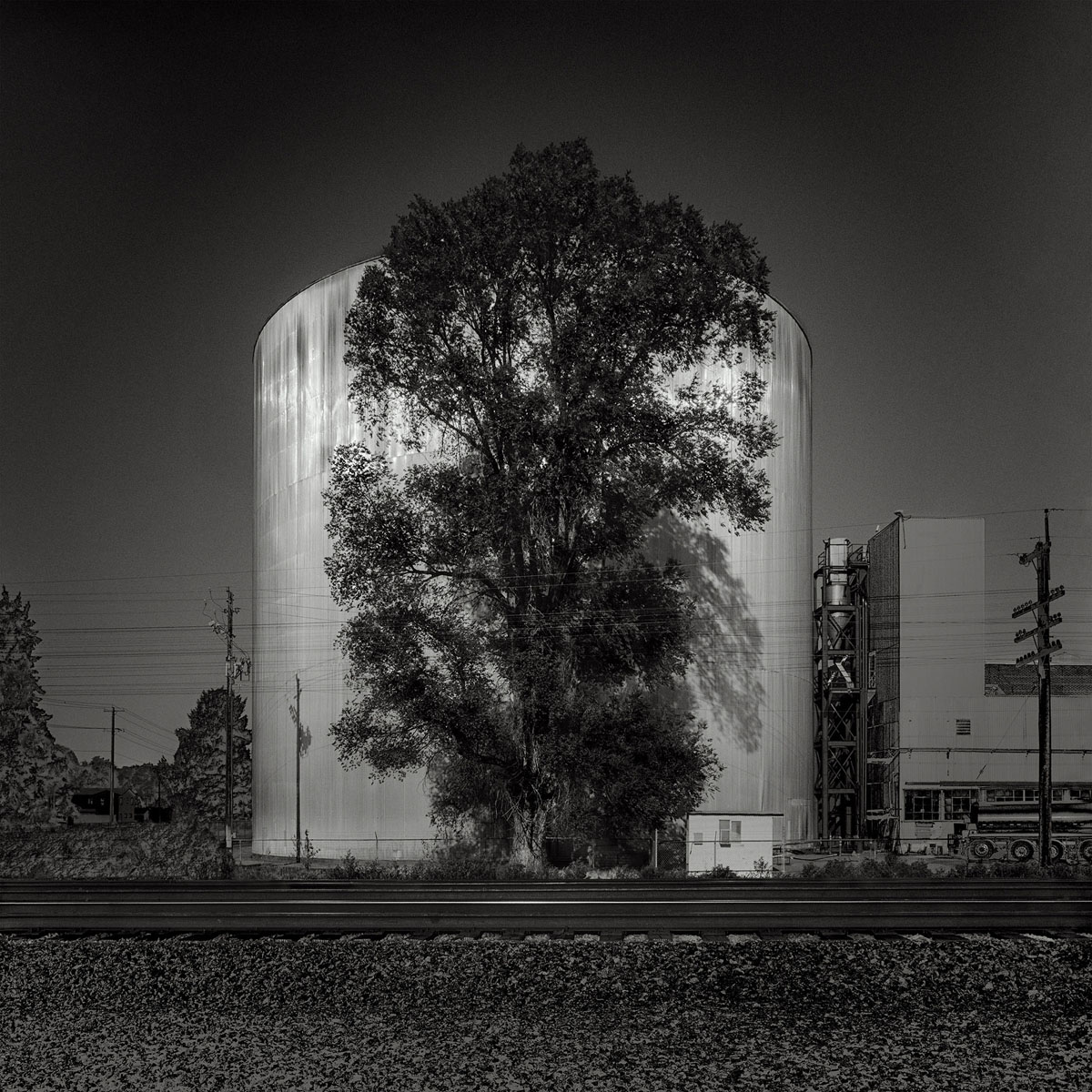
Nyssa 01, Nyssa, Oregon
©Osamu James Nakagawa -
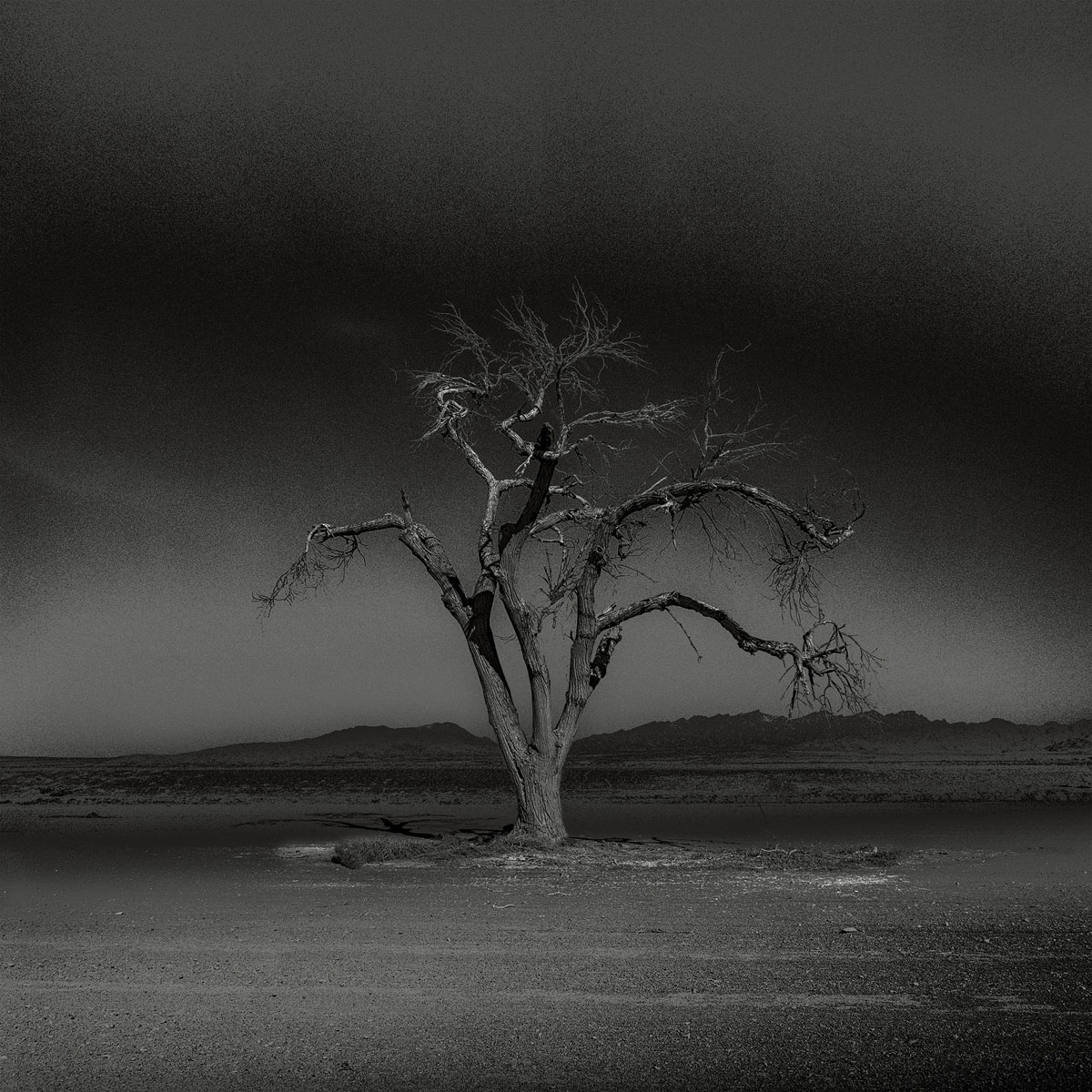
Poston 03, Parker, Arizona
©Osamu James Nakagawa -
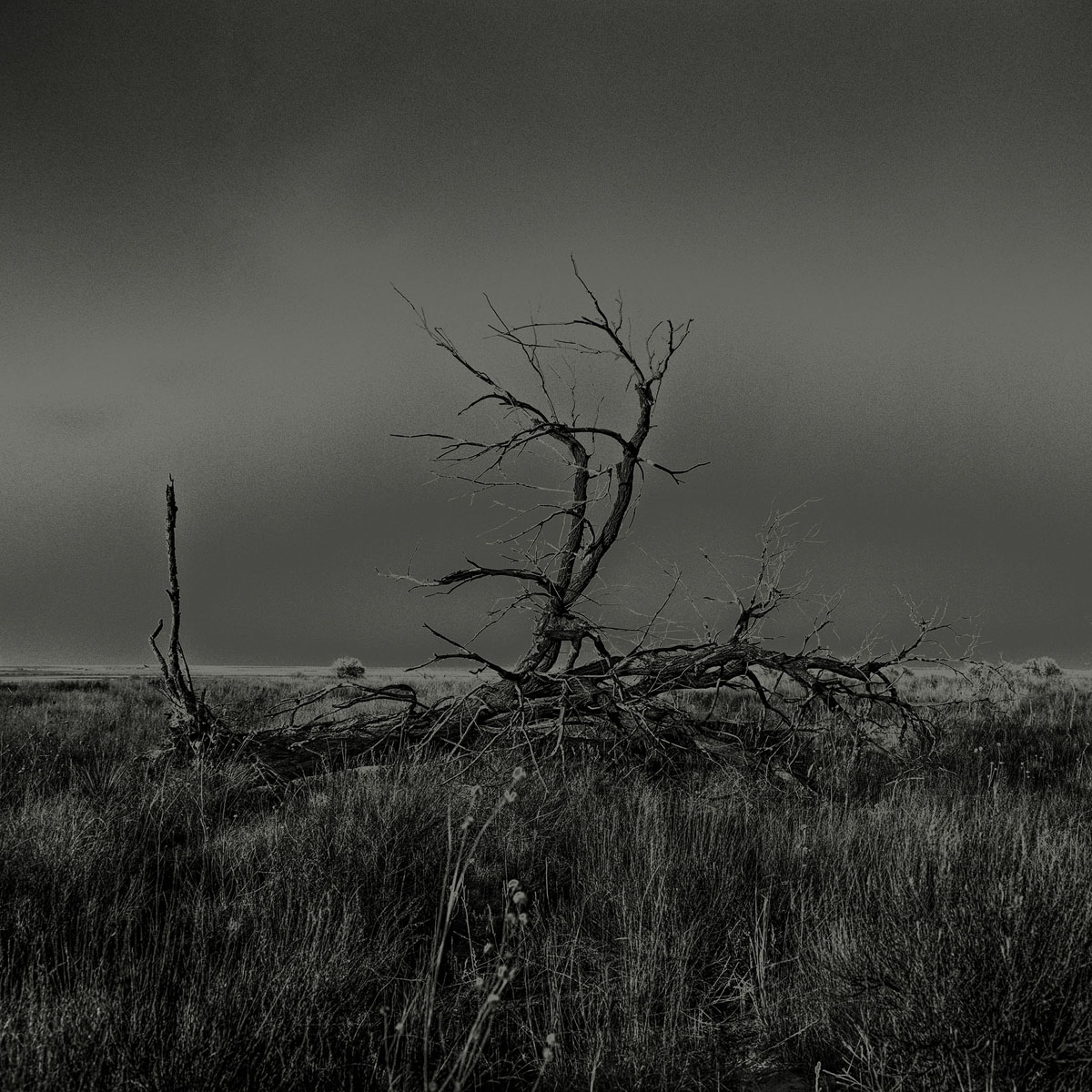
Amache 01, Granada, Colorado
©Osamu James Nakagawa
[Notice]
We will extend our closing hours and will be open until 7pm on 23rd June.
PGI is pleased to announce its third exhibition of works by the photographer Osamu James Nakagawa.
Osamu James Nakagawa is a US-based photographer. Based on his own identity, which is rooted in the countries of Japan and the USA, in his photography Nakagawa explores the memories inherent to places and societies from the perspective of an individual in the ongoing flow of history.
During the Corona pandemic, Nakagawa found himself in precarious circumstances. His exhibitions for 2020 and 2021 had been cancelled, a planned photography trip to Okinawa could not take place, and the university where he teaches was temporarily closed, making it difficult for him to continue working in his studio. His personal turmoil took place in the context of the murder of George Floyd, the Black Lives Matter demonstration and social unrest all over his adopted country. Being confronted with the same type of racism that he had known since his arrival in the US in the 1970s, Nakagawa felt as though he were losing sight of himself, with time having moved forward without any change. He engaged once again with the question of his own identity, a theme that has been guiding his work as an artist. The outbreaks of discrimination and even physical violence against Asian Americans in Nakagawa’s own community, spurred in particular by the racist labelling of the Corona virus as “Chinese virus” by then-president Donald Trump, brought Nakagawa to examine the so-called “Nikkei” identity – non-Japanese people of Japanese descent. In doing so, he noticed that there may be a vital difference in the rooted memories between Japanese families who came to the US before the Second World War and those – like Nakagawa’s – who immigrated to the US during the post-war economic boom.
His series “Witness Trees” started in 2022, when Nakagawa visited the locations of remaining concentration camps where 125,000 Japanese and Japanese-American citizens were incarcerated against their will by the US government during the Second World War. During three journeys between February and October, Nakagawa traveled to nineteen such camp in eleven states (Arkansas, Colorado, New Mexico, Arizona, California, Utah, Idaho, Oregon, Wyoming, North Dakota, and Wisconsin).
Having taken a self-portrait in the shadow of a tree at Rohwer War Relocation Center in Arkansas, the first camp he visited, Nakagawa continued to photograph himself in each of the subsequent camps. As part of this process, he became aware of a particular tree in Colorado’s Amache incarceration camp (officially known as the Granada Relocation Center), standing next to a concrete block thought to be the foundation of a barracks hut. He decided to take a portrait photo of the tree, this living witness to history, thereby marking the beginning of his series.
“I didn’t think it would become a series, but I started taking pictures of trees at Amache incarceration camp in Colorado. When I went to the next place, there was a tree standing battered in an empty, desolate land, and in Arizona, a tall cactus was standing staring at me, and I thought it looked like a portrait by August Sanders. So, I decided these were portraits of the witness trees and decided to continue taking photographs of these trees at the campsite. Also, I noticed some trees had been planted 81 years ago in an empty desert to provide sunshades. I typically took photographs at these sites from early morning to night, following the sun’s path alone in the ruined campsite. I constantly felt these trees’ gaze while photographing the place and wondered what these trees had seen in the past.”
In the US, the term “witness tree” refers to trees that have been present during significant historical periods or events and survived to this day. They are vivid reminders of the past and form direct links between local history and people alive today. It is Nakagawa’s hope that these portraits of witness trees, photographed using his own body and experience, may help visualize an invisible history and provide an opportunity to scrutinize the way in which we engage with each other in today’s society.
“In 2022 I made a 15,200-mile pilgrimage to the sites where these camps had been, in an attempt to understand how the racism inherent in my American experience had carried a former generation of immigrants to places of such desolation. These trees emerged from the thousands of photographs I took at the sites. I felt them staring at me with the weight of their unspeakable memories. As I inhaled the light, air, dust, wind, and smells of the former camps, I took their portraits, connecting past and present, positive, and negative, analog and digital to draw out their aura.
Now that I no longer have a home to return to, I have no other choice but to call this country my home.”
(both quotes from Osamu James Nakagawa’s statement)
Osamu James Nakagawa’s exhibition of “Witness Trees” at PGI consists of approximately twenty digital pigment prints.
English translation by Robert Zetzsche
Witness Tree
2022-2023
The turmoil of the pandemic, the killing of George Floyd, and the increased anti-Asian hate crimes during the Trump presidency were a painful reminder to me of America’s deeply engrained systemic racism. Amidst all this, as I turned 60, I had to part with my parent’s home in Japan. Together these things forced a personal reconning: I was symbolically severing my connection to the place my family has always called home, while questioning, yet again, my value in the eyes of my adopted country.
Am I American? Or Japanese? Japanese-American?
This led me to wonder about the experiences of Japanese-Americans whose ancestors immigrated prior to World War II. Unlike my family, who came to the US during the post-war economic boom, these older generations of immigrants and their descendants seemed guarded, as if they were carrying a burden of an American experience that was too much to speak of – a dark experience deeply rooted yet just under the surface, inherent in the structures of their adopted nation.
Two months after the Japanese attack on Pearl Harbor in 1941, President Franklin D. Roosevelt signed Executive Order 9066, forcibly incarcerating approximately 125,000 Japanese and Japanese-Americans, mainly in camps in the arid American West. Many families suffered the dual trauma of losing their land, homes, and businesses while being isolated in the camps’ harsh desolate environments at the hand of their own government.
In 2022 I made a 15,200-mile pilgrimage to the sites where these camps had been, in an attempt to understand how the racism inherent in my American experience had carried a former generation of immigrants to places of such desolation. These trees emerged from the thousands of photographs I took at the sites. I felt them staring at me with the weight of their unspeakable memories. As I inhaled the light, air, dust, wind, and smells of the former camps, I took their portraits, connecting past and present, positive, and negative, analog and digital to draw out their aura.
Now that I no longer have a home to return to, I have no other choice but to call this country my home.
Osamu James Nakagawa
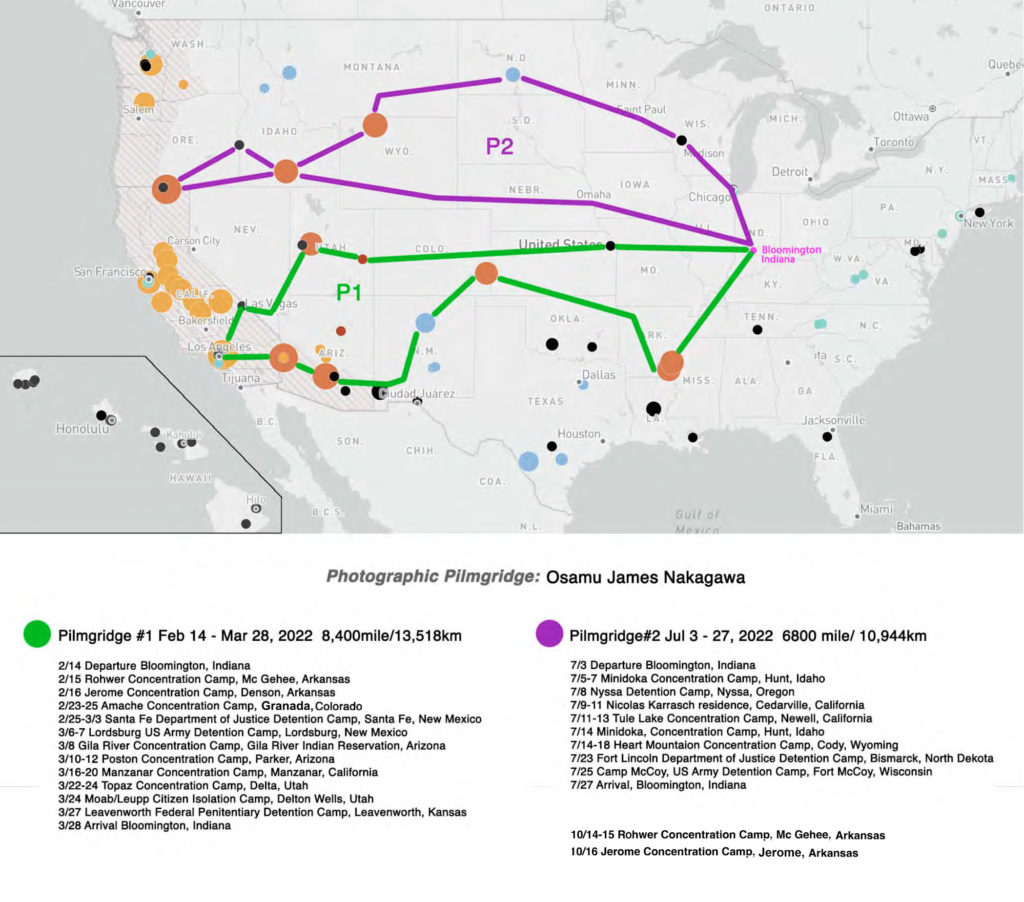
Born in New York City in 1962. He received a Master of Fine Arts from the University of Houston in 1993. Currently, Mr. Nakagawa is the Ruth N. Halls Distinguished Professor of Photography at Indiana University, where he directs the Center for Integrative Photographic Studies. He lives and works in Bloomington, Indiana.
His career as an artist began in the 1990s. Since then he has worked on numerous projects exploring identity and the effects of moving between countries.
Selected his solo exhibitions include Eclipse, PGI, Tokyo (2018), Kai, Poetic Scape, Tokyo (2018), Kai, sepia EYE gallery, NY (2018), GAMA Caves, PGI, Tokyo (2014), Okinawa–Gama/Banta/Remains, Shadai Gallery, Tokyo (2014), Okinawa Trilogy, Kyoto University of Art & Design, Kyoto (2013)
, Banta: Stained Memory, Sakima Art Museum, Okinawa (2009), Mado, Houston Center for Photography, Texas (2000).
Selected group shows include Underfoot, gallery Main, Kyoto (2023), Currency: Photography Beyond Capture, Deichtorhallen Hamburg (The 8th Triennial of Photography Hamburg, 2022), Photography To End All Photography, Brandts Museum, Denmark (2018), A Shared Elegy, Grunwald Gallery of Art, Indiana University (2017), Point of Departure, Kenshichi Heshiki Photo Room, Okinawa (2017), After Photoshop: Manipulated Photography in the Digital Age, The Metropolitan Museum of Art, NY (2012), War/Photography, The Museum of Fine Arts, Houston (2012).
Nakagawa is a recipient of Guggenheim Fellowship (2009), Higashikawa New Photographer of the Year (2010) and Sagamihara Photographer of the Year (2015).
His work is included in numerous public collections, including the Metropolitan Museum of Art; George Eastman Museum; Tokyo Metropolitan Museum of Photography; Museum of Fine Arts, Houston; Sakima Art Museum, Okinawa; The Museum of Contemporary Photography Chicago, Nelson-Atkins Museum of Art and others.